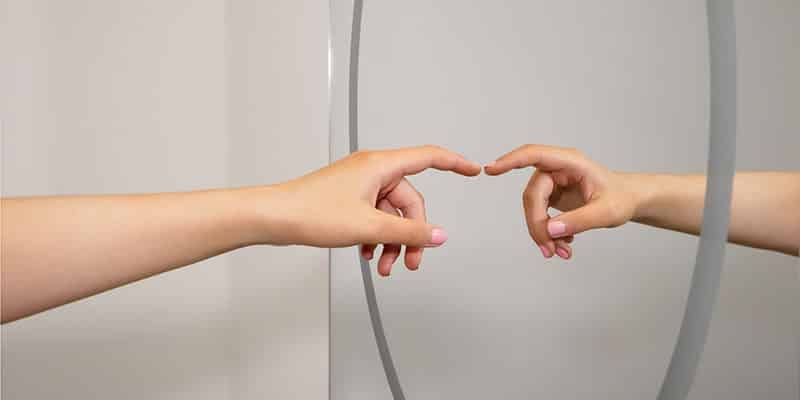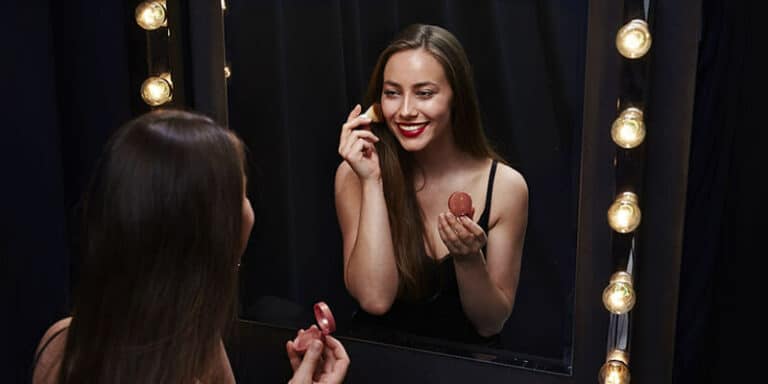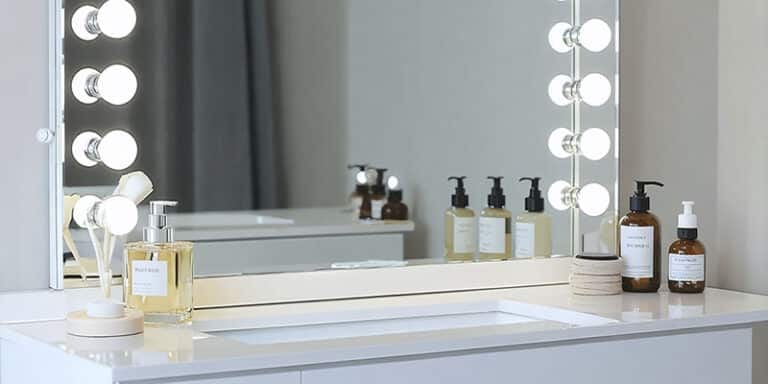A two-way mirror, also known as a one-way or semi-transparent mirror, is a unique reflective surface. It allows light to pass through from one side to the other, creating a mirror on one side and a window on the other. This fascinating technology relies on the difference in light intensity between the two sides. For the two-way mirror effect to work, the reflective side needs to be significantly brighter than the other side.
Such mirrors play a crucial role in ensuring privacy and security in various settings. Two-way mirrors are common in police interrogation rooms, retail security, and even in some smart home technologies. They embody a subtle blend of visibility and disguise, allowing for discreet observation or adding an element of surprise in design applications.
Key Takeaways
- A two-way mirror features a reflective surface that acts as a window on the other side for surveillance purposes.
- It requires careful manipulation of light to function effectively.
- They are utilized for privacy and discreet observation in diverse venues.
Understanding Two-Way Mirrors
Composition and Properties
A two-way mirror is essentially a piece of glass coated with a reflective substance. The key to its function is the thin, reflective metallic coating—often silver or aluminum—that is applied to the glass. This coating is far less dense than that of a traditional mirror. The result is a semi-transparent mirror, which reflects light from the brighter side and allows light to pass through from the darker side.
Differences Between Two-Way and Traditional Mirrors
A traditional mirror is produced with a dense layer of reflective coating on the back, rendering it fully reflective and opaque. In contrast, a two-way mirror’s coating is intentionally sparse to maintain some degree of transparency.
Practical Applications
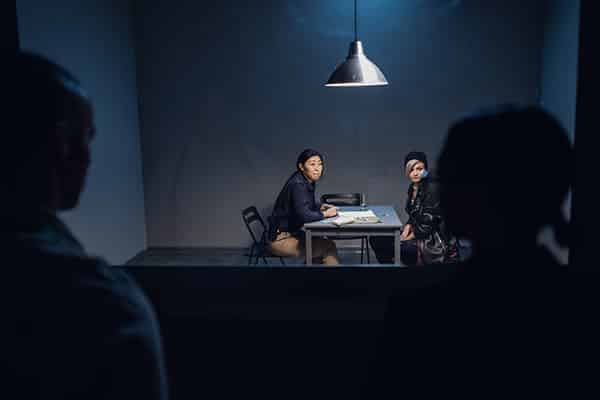
Surveillance and Security
For security purposes, two-way mirrors are commonly installed in environments such as retail stores, banks, or hotels. These mirrors allow security personnel to monitor activities without being seen.
- Retail Stores: Reduce theft by discreetly watching for shoplifting.
- Banks: Observe lobbies to prevent and respond to security threats.
Interrogation and Observation
In law enforcement, two-way mirrors are essential in interrogation and observation rooms.
- Interrogation Rooms: Allow multiple investigators to witness an interrogation without distracting the subject.
- Research Facilities: Help researchers conduct studies without influencing participants’ behaviors.
How to Detect a Two Way Mirror?
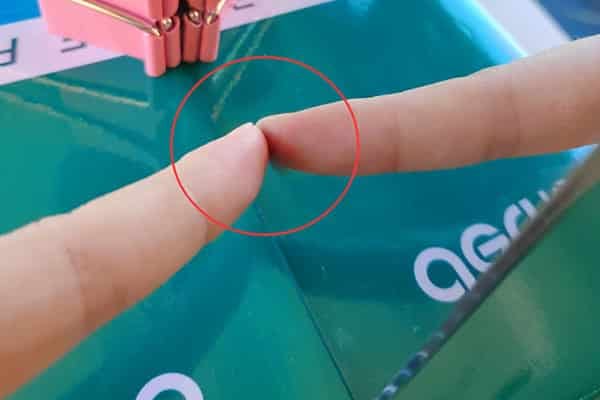
When suspecting surveillance, you can employ simple yet effective methods to determine if a mirror is two-way. These techniques allow you to inspect mirrors for privacy without requiring special equipment.
Visual and Physical Inspection Methods
Fingernail Test: You can start with the fingernail test. Place your fingernail against the reflective surface of the mirror. If there is no gap—meaning your fingernail directly touches its reflection—it could indicate a two-way mirror. Typically, a standard mirror will have a noticeable gap due to the reflective coating being applied on the back.
Tap Test: Another method is to lightly tap on the surface of the mirror with your knuckle. A two-way mirror may produce a less solid sound compared to a regular mirror due to the lack of backing material.
Light Test: To further investigate, turn off the lights and press a flashlight against the mirror’s surface. If the mirror is two-way, the room on the other side may become slightly visible through the glass.
Cupping Method: Cup your hands around your eyes and press your face to the mirror, blocking out all external light. This can help you see through a two-way mirror if the other side is more brightly lit.
Advanced Detection Methods
While the above methods are helpful for most situations, for guaranteed privacy, consider the following advanced techniques:
Observation: Pay attention to the mirror’s installation context. Two-way mirrors are typically embedded in walls or areas where a hidden observation room might be plausible. Being aware of the surroundings can give clues to the mirror’s nature.
Design and Installation Considerations
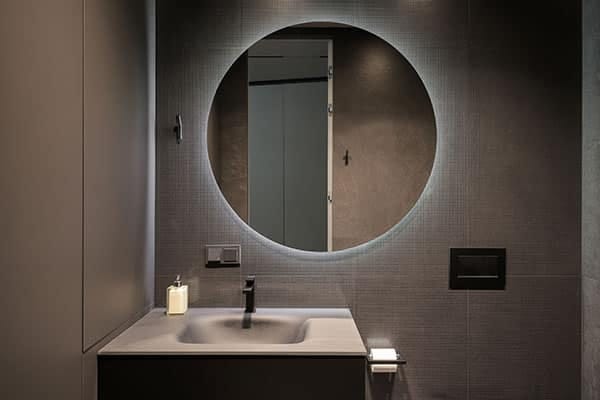
When installing a two-way mirror, take into account both its unique features and the specifics of the environment where it will be used.
Reflective Molecules: A two-way mirror is equipped with a metallic coating, typically composed of reflective molecules such as aluminum or silver, which is key to its functionality. This coating, while almost transparent, reflects light on one side and allows it to pass through from the other side.
Mirror Film: In some cases, a mirror film may be applied instead of direct coating, especially when retrofitting existing glass. Ensure this film is properly adhered to avoid any imperfections.
Environmental Factors: The positioning of your two-way mirror needs to be strategized considering environmental factors that may affect its performance. Proper orientation is crucial with the reflective surface facing the brightly lit subject-side.
Lighting: The success of a two-way mirror depends largely on lighting:
- The subject-side should have bright, evenly distributed lighting. Avoid direct illumination onto the mirror to maintain effectiveness.
- The observer-side should be kept dim. Control lighting to prevent visibility from the subject-side.
Wall Considerations: When installing the mirror onto a wall, ensure the structure can support its weight and the materials used do not interfere with the mirror’s properties.
Frequently Asked Questions
In this section, you’ll find concise answers to common inquiries about two-way mirrors, ranging from testing methods to distinguishing features.
How can one conduct a two-way mirror test?
To test for a two-way mirror, observe the lighting; a two-way mirror requires a brightly-lit side to reflect and a darker side to see through. Another method involves tapping the surface and listening for a hollow sound, which could indicate the presence of an observation room.
What are the potential safety concerns with two-way mirrors?
Two-way mirrors in private spaces may infringe on personal privacy. Be aware of their use in locations such as changing rooms, hotels, or restrooms, and understand your local privacy laws.
What distinguishes a two-way mirror from a standard mirror?
Two-way mirrors have a semi-transparent coating allowing visibility from one side when the lighting conditions are right, whereas standard mirrors have a fully reflective surface that doesn’t allow light to pass through.
How can you differentiate between a standard mirror and a two-way mirror using the finger test?
Perform the finger test by placing your fingertip against the mirror. If there is a gap between your finger and its reflection, it’s likely a standard mirror. If your finger directly touches its reflection, you might be dealing with a two-way mirror.
What methods are effective for detecting a two-way mirror using a phone?
To detect a two-way mirror using a phone, shine the phone’s flashlight on the mirror’s surface. If the light penetrates and you can see through to the other side, it could be a two-way mirror.
What purposes do two-way mirrors serve?
Two-way mirrors are used for security, surveillance, and observation in settings such as law enforcement facilities, research labs, and some businesses that require monitoring without being noticed.
